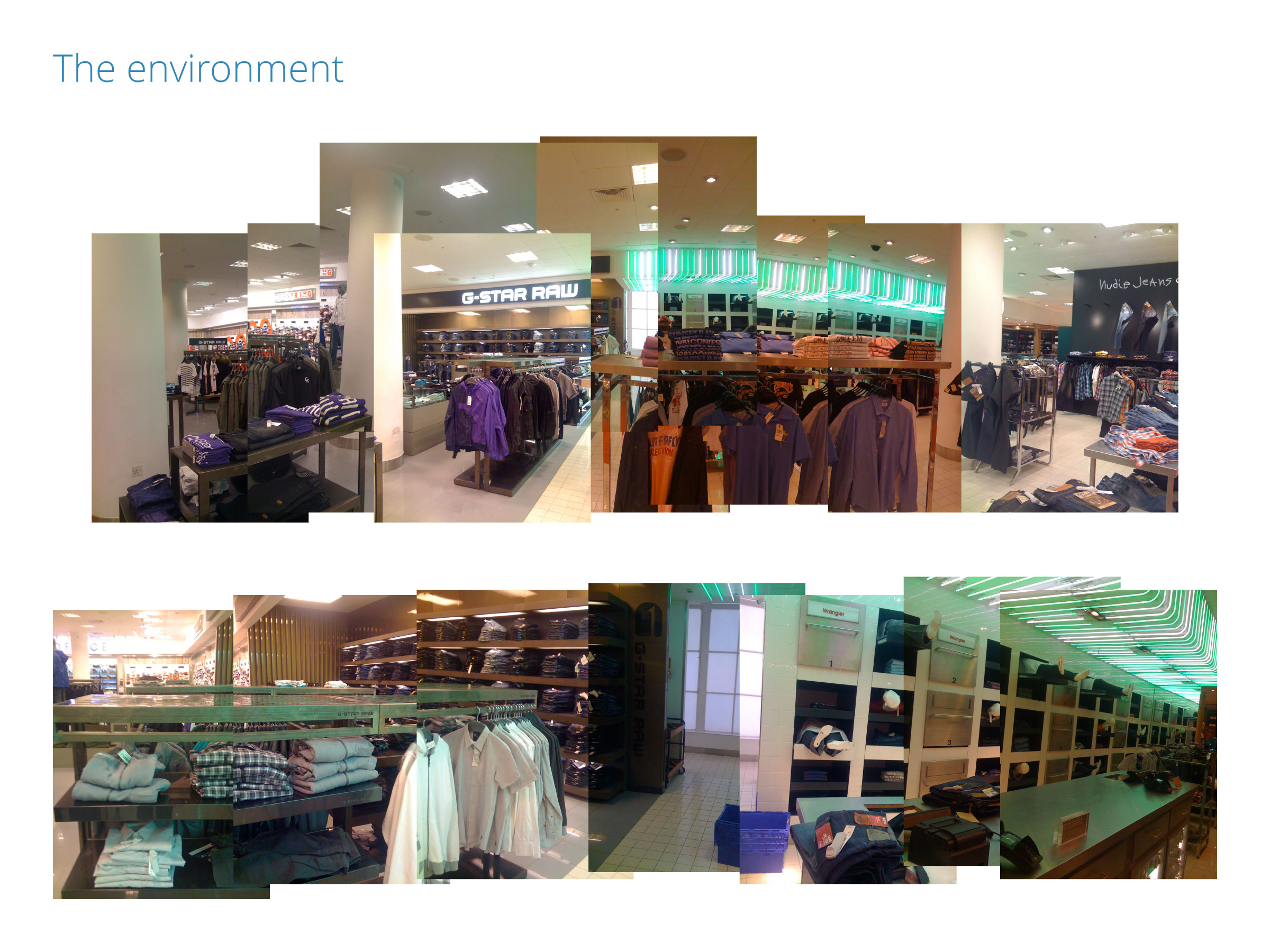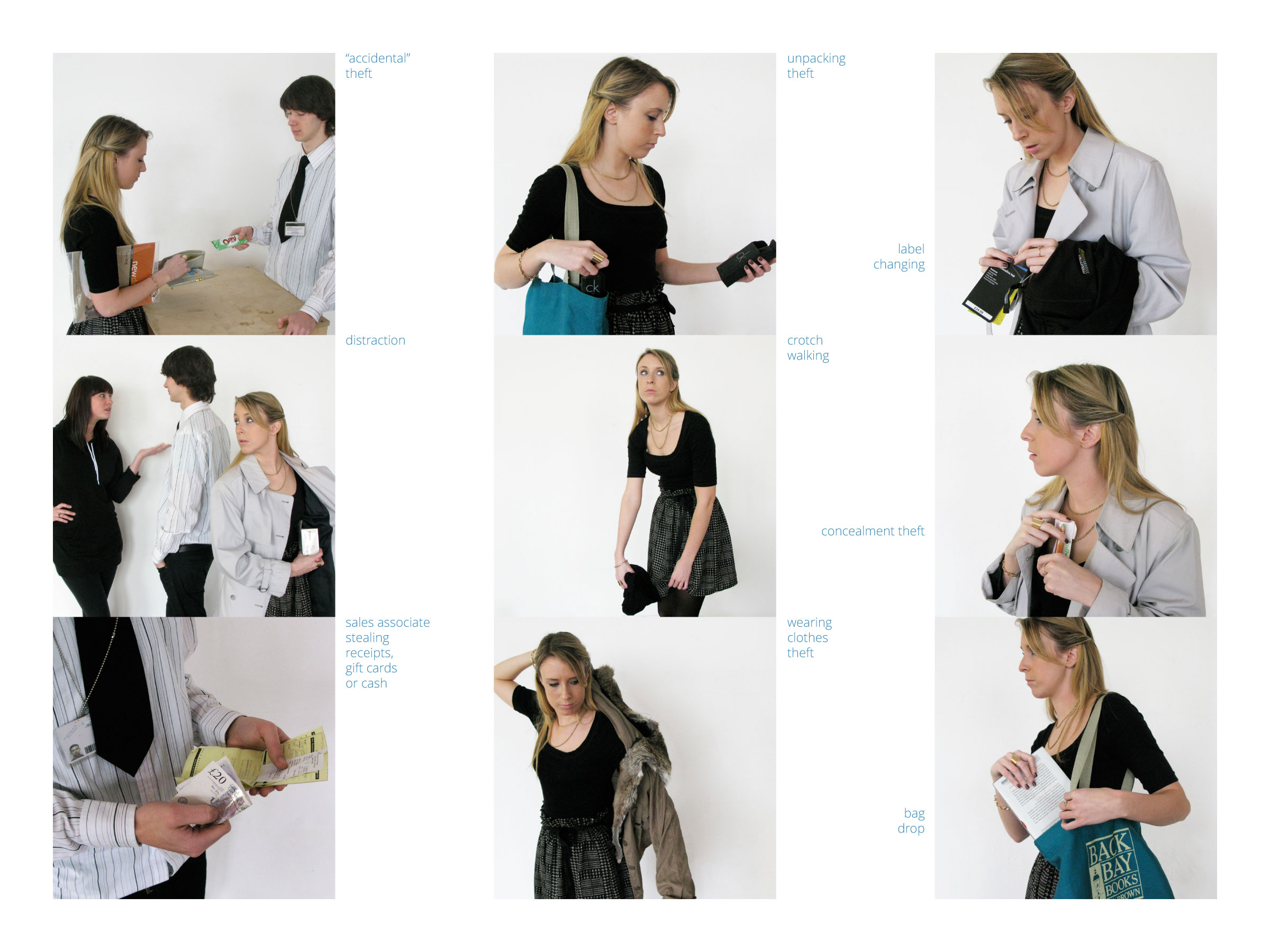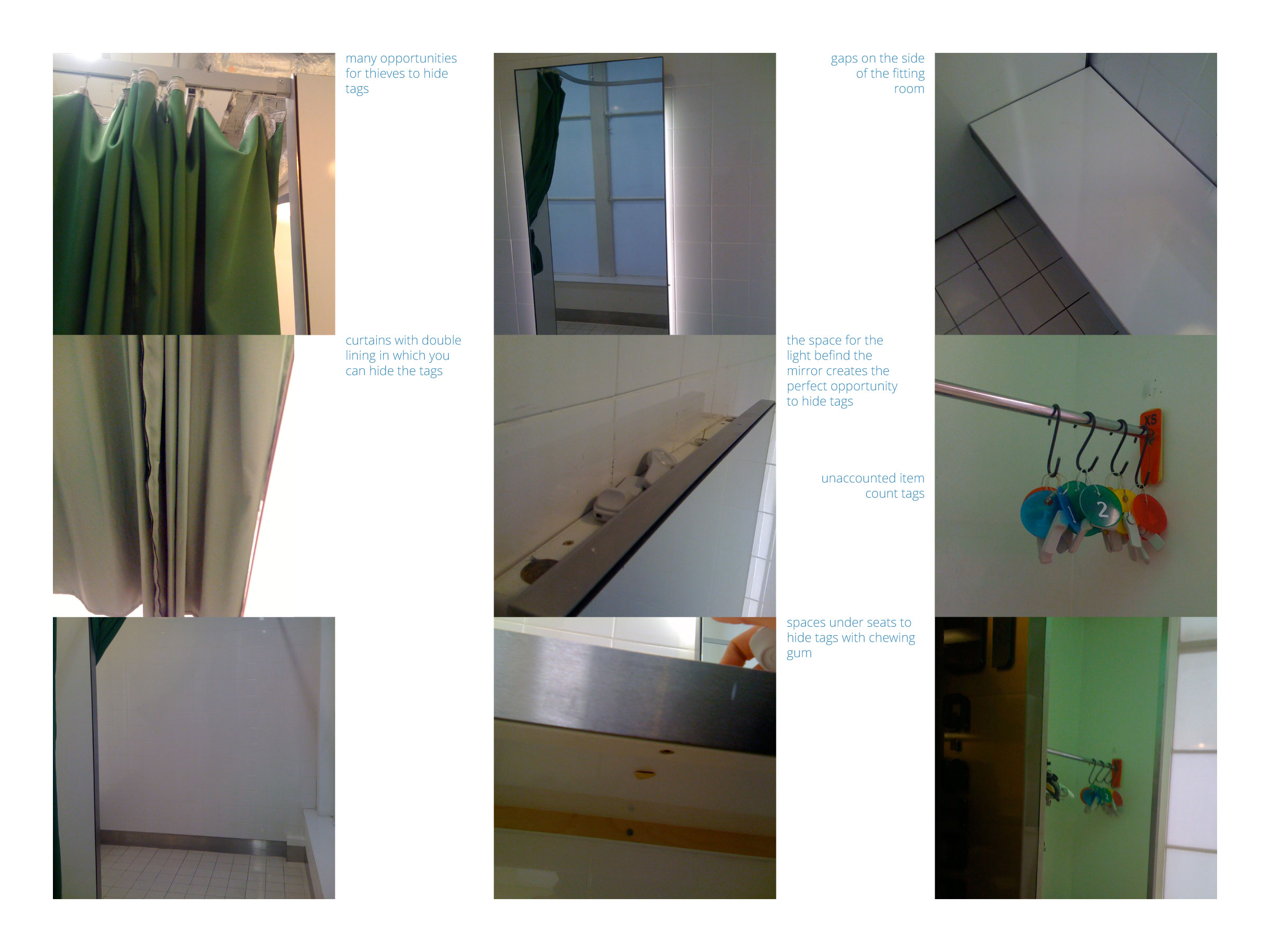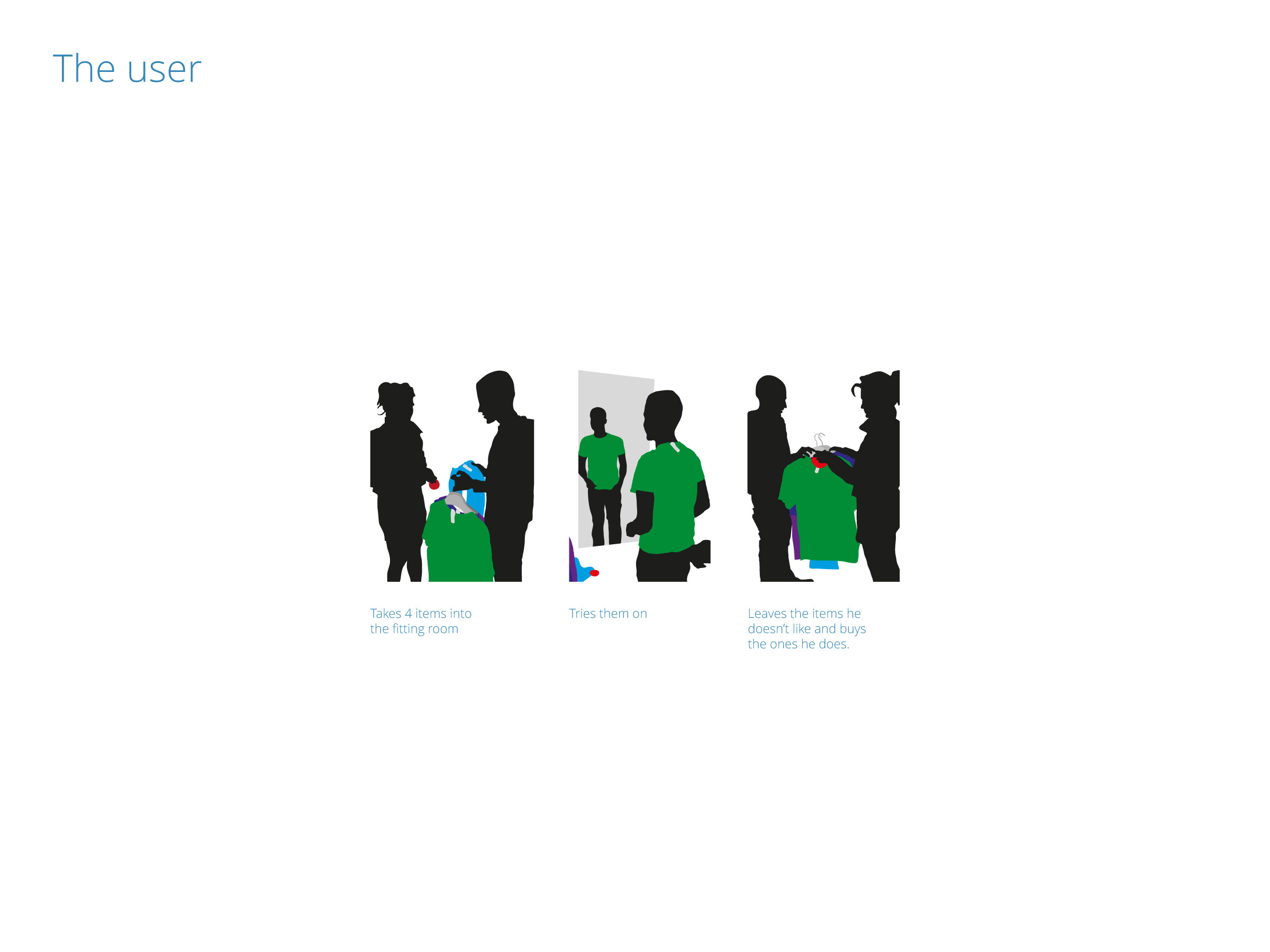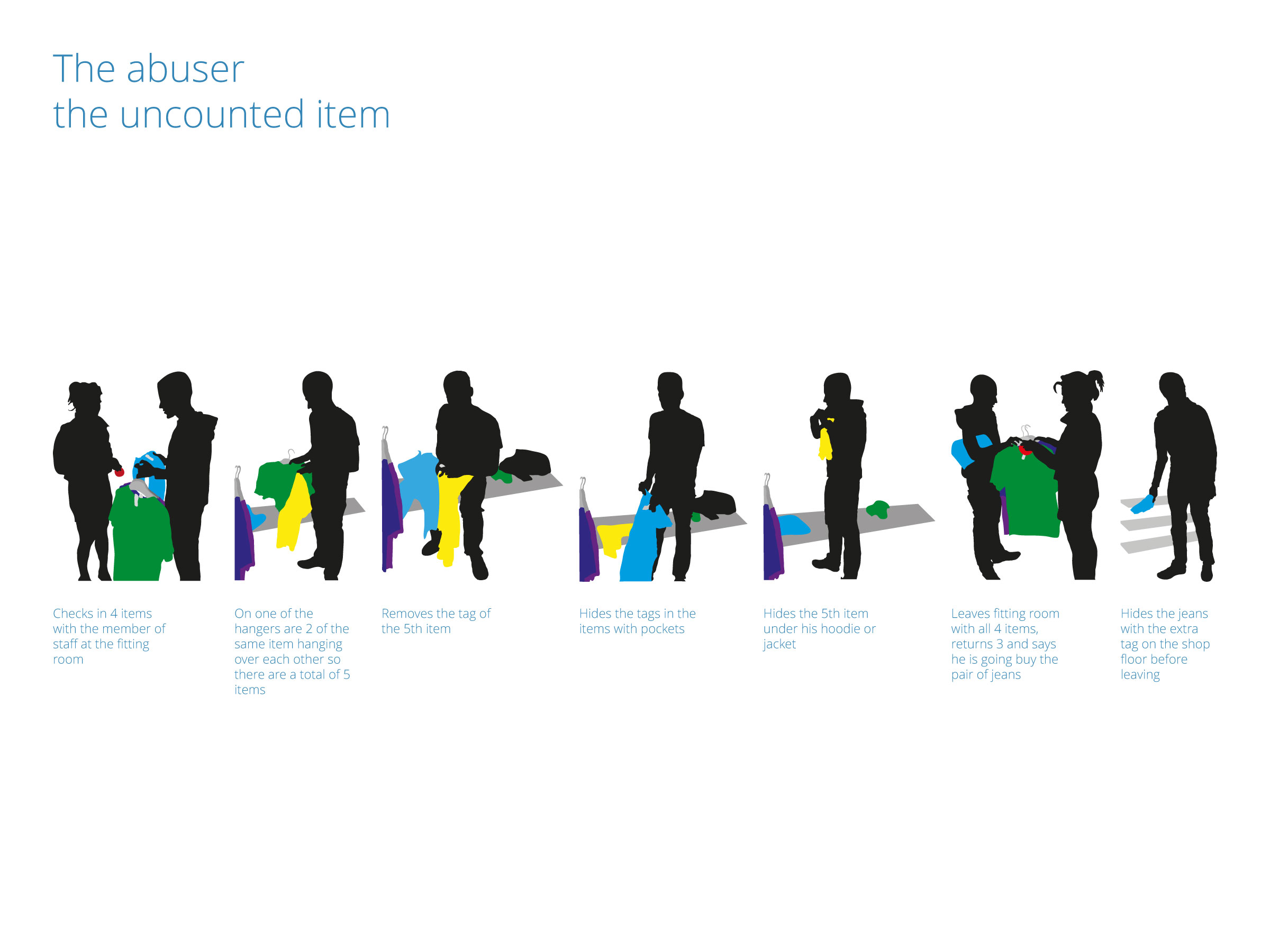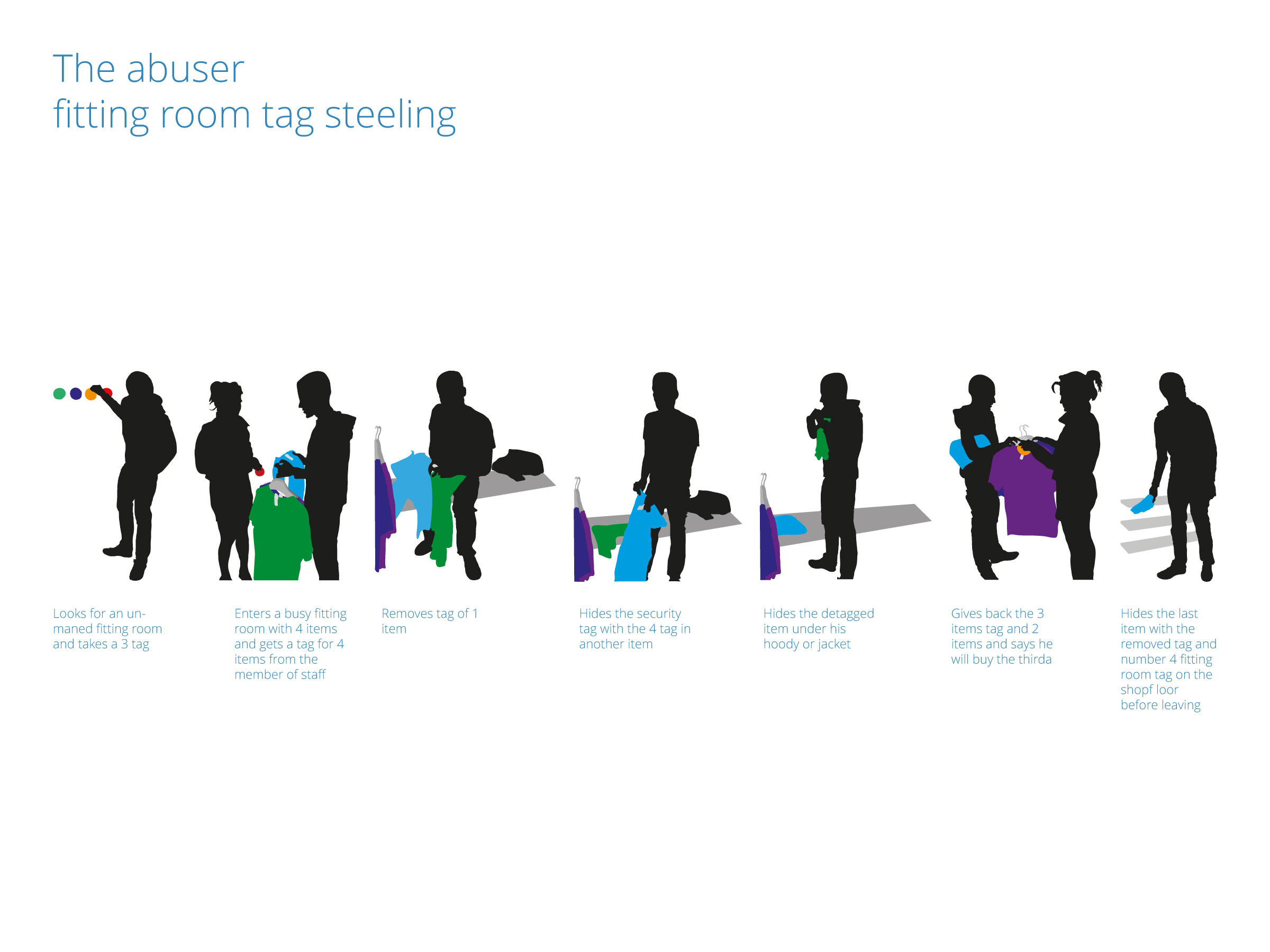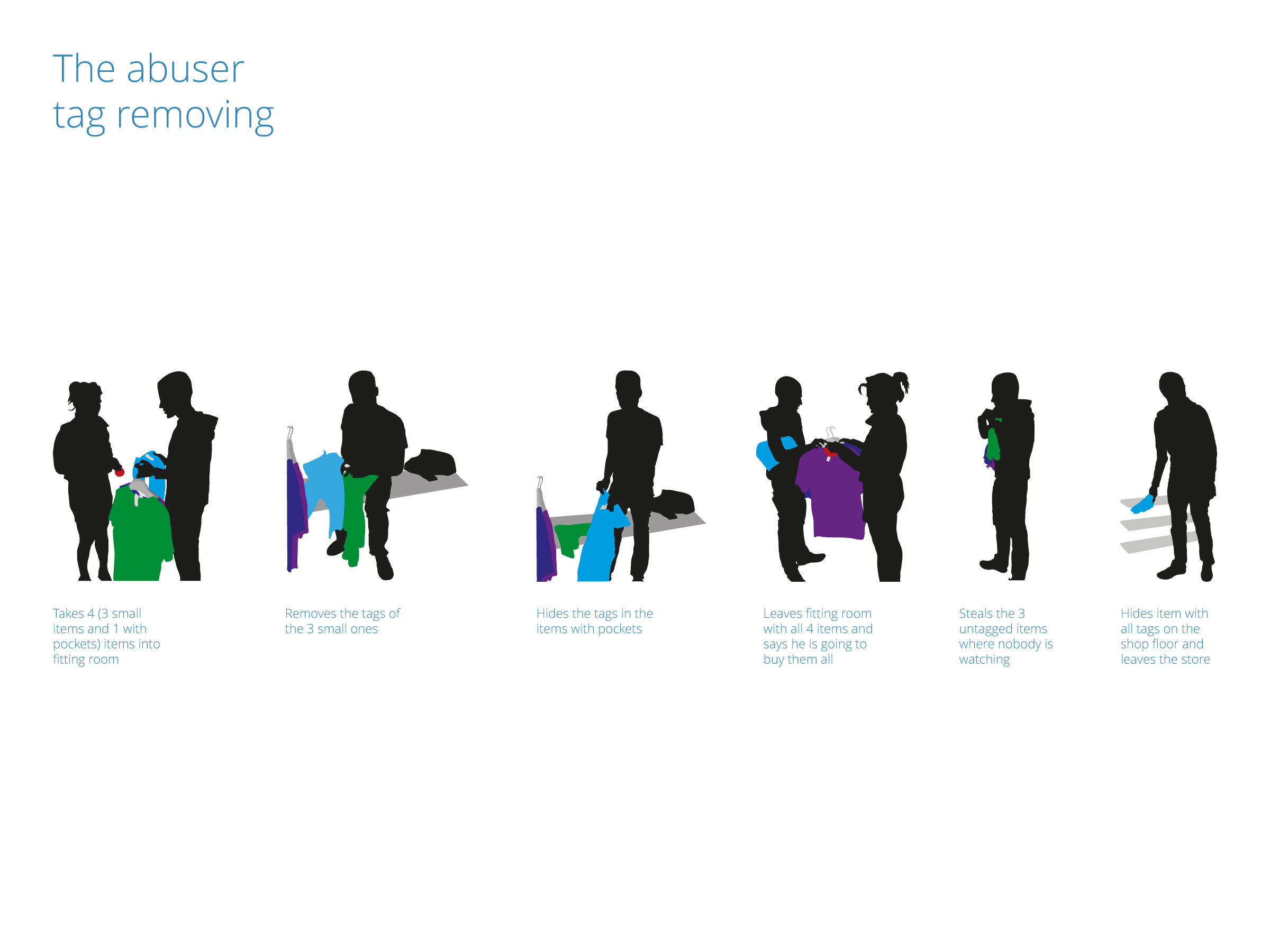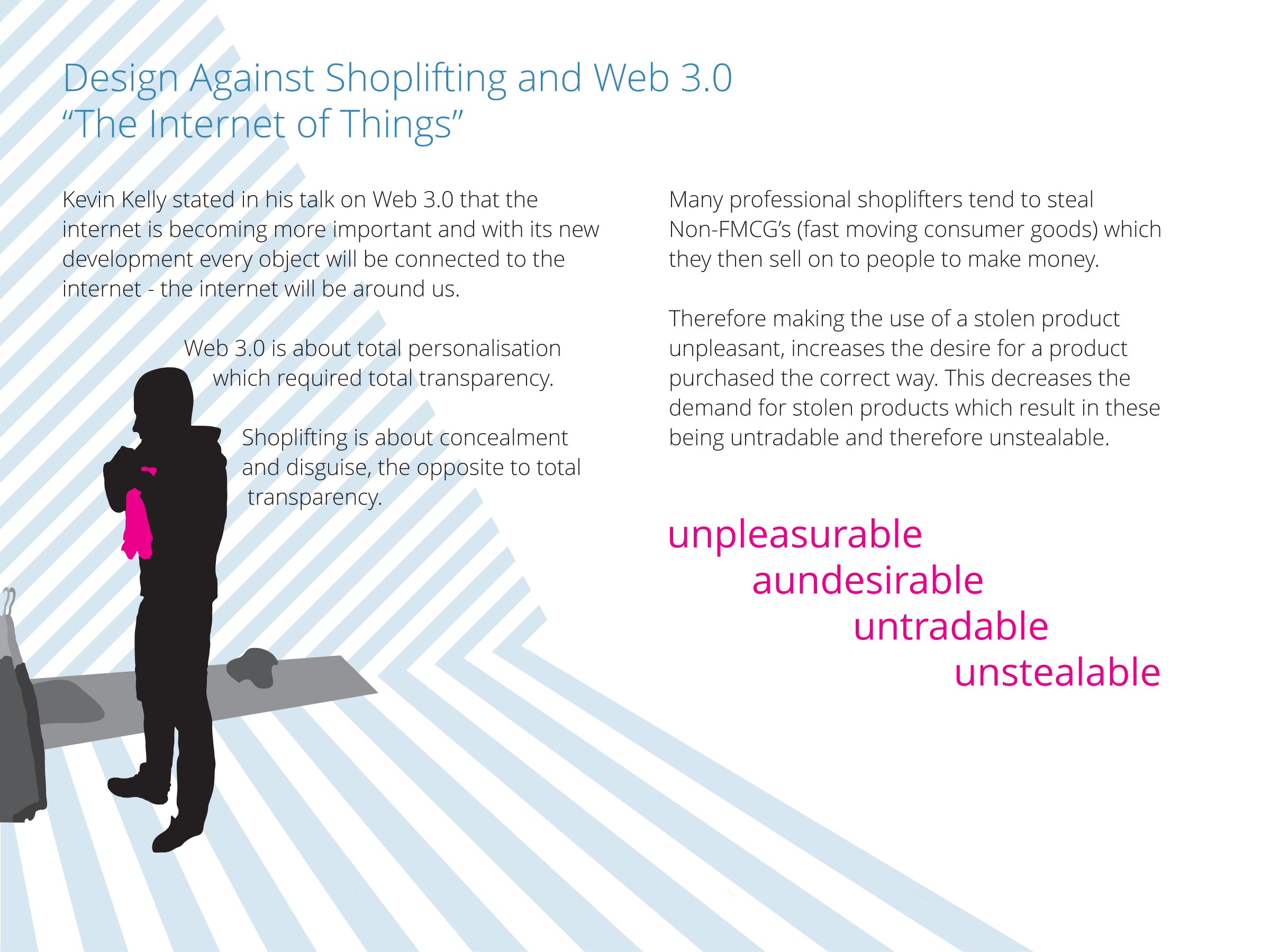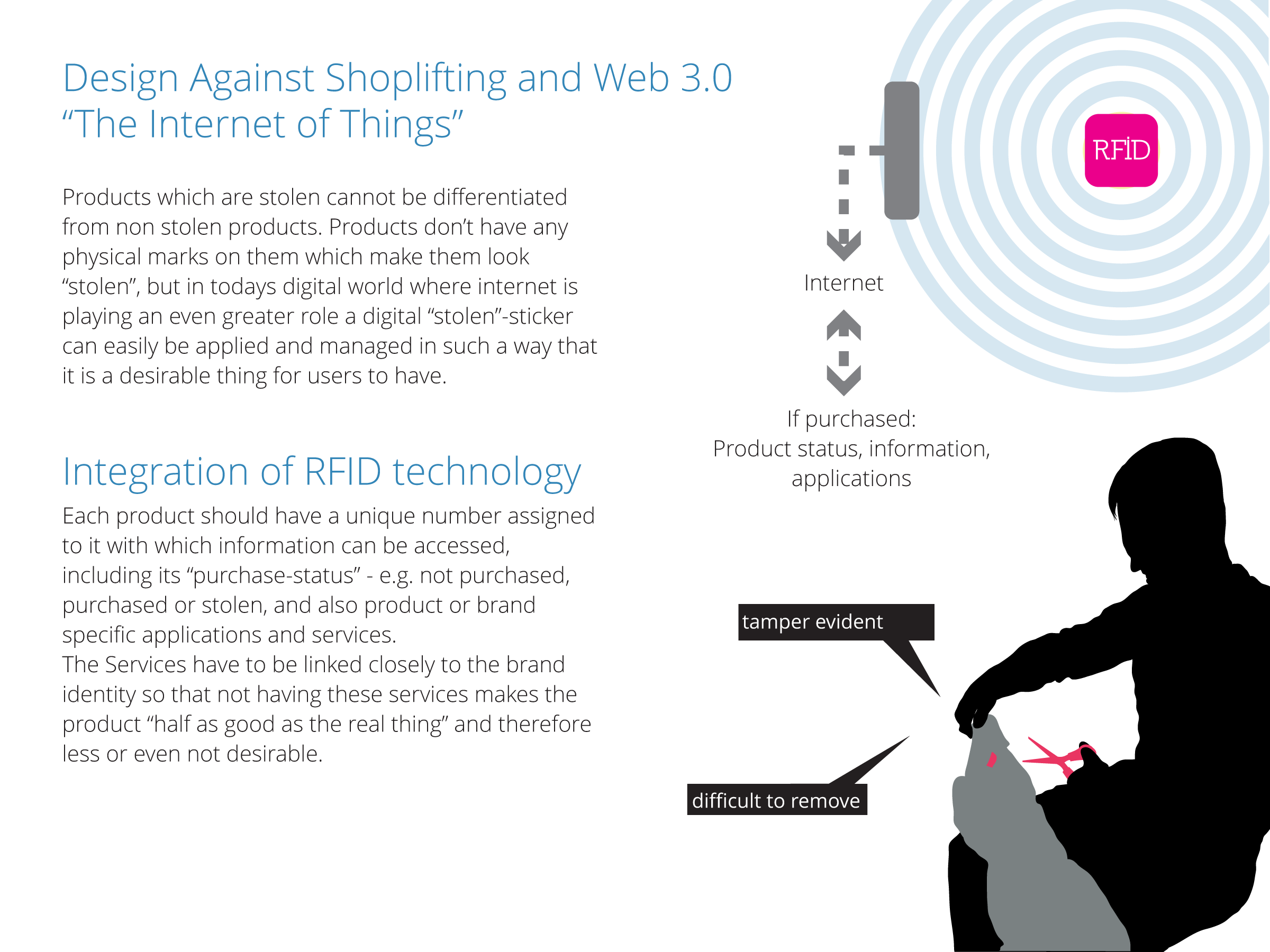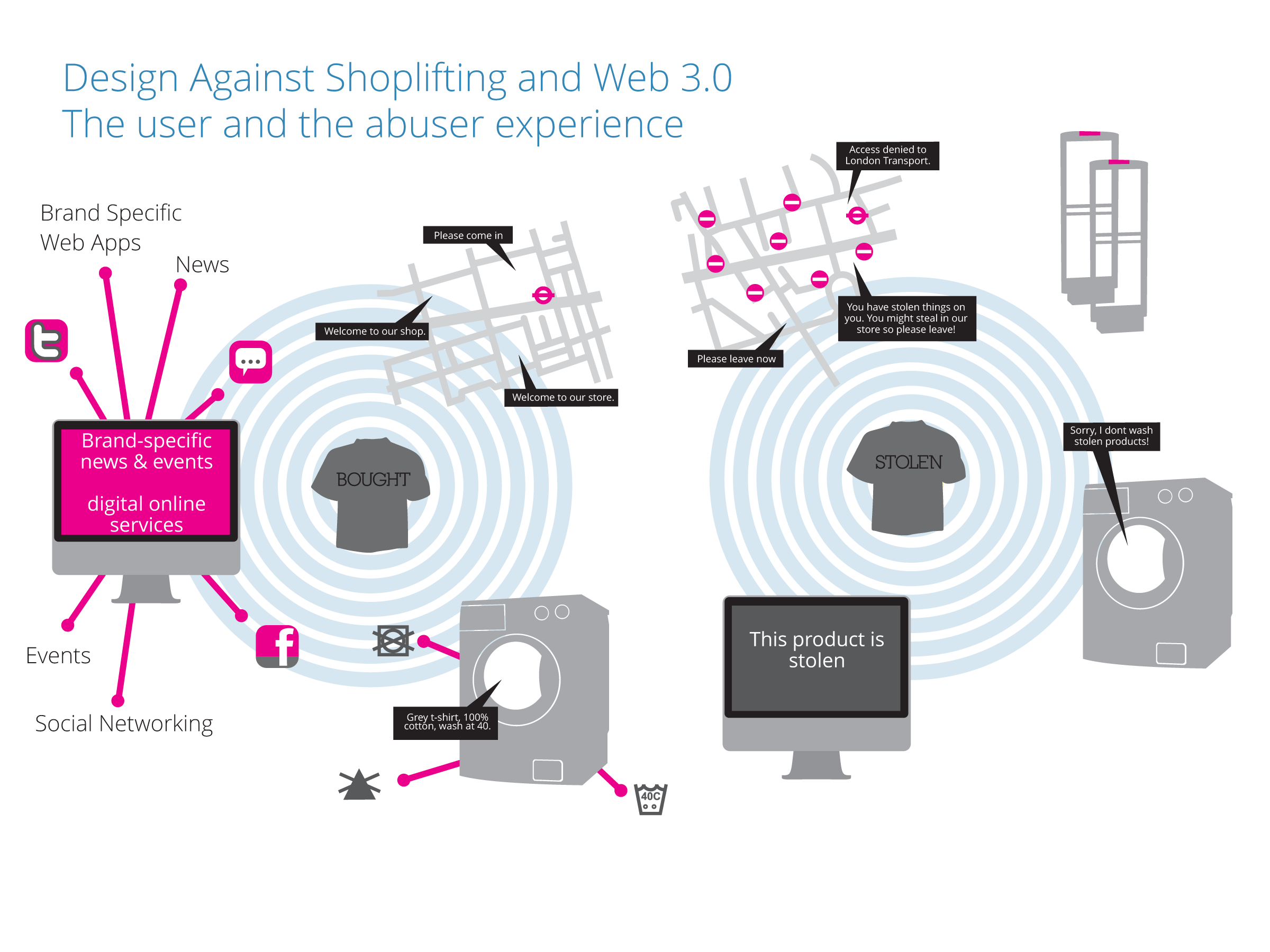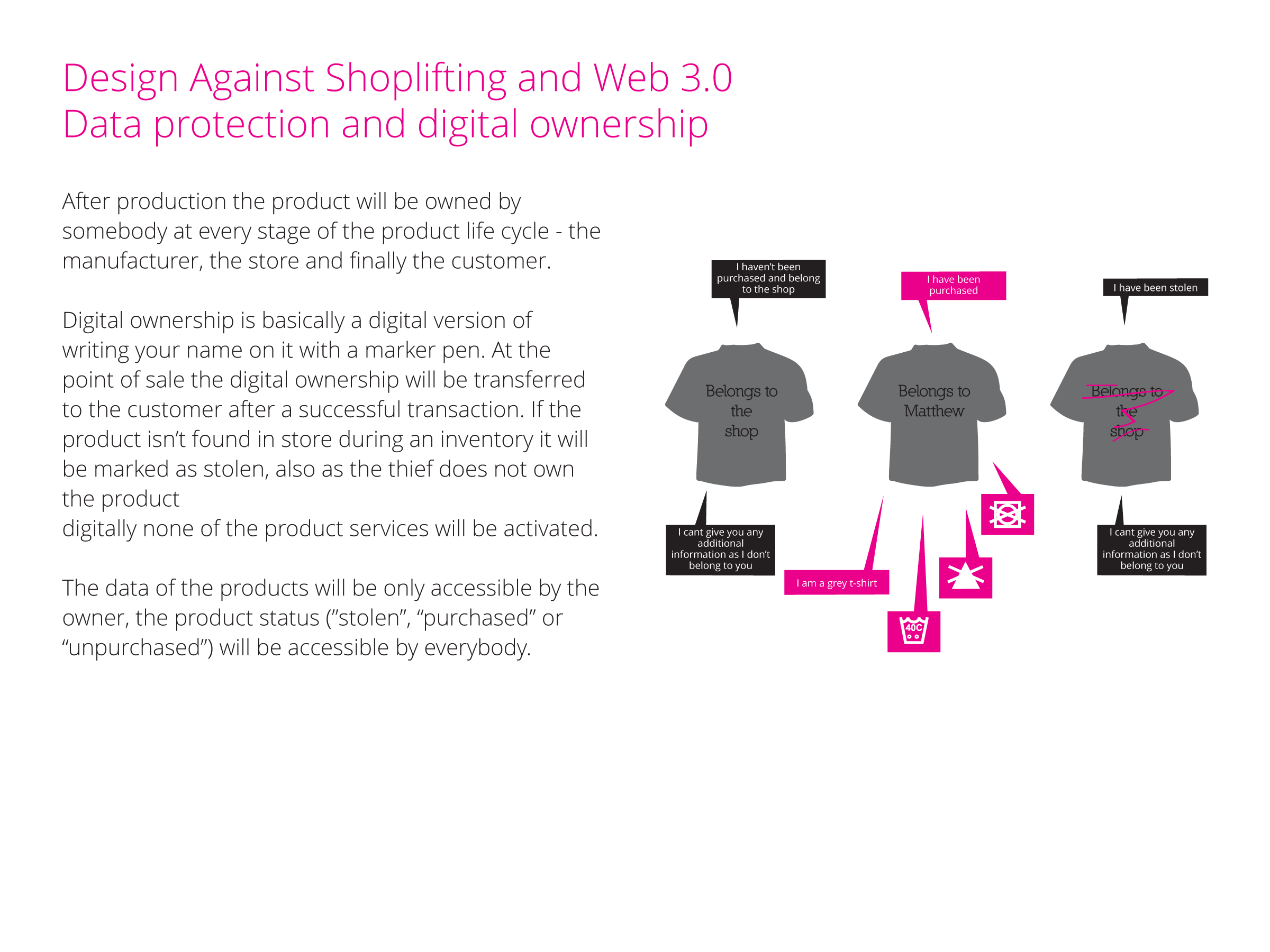My final project at Central Saint Martin's College of Art & Design was a client project for Design Against Crime who asked us to consider ways in which design can reduce crime, in particularly shoplifting. I developed a concept in which physical products are given digital capabilities which are activated once purchased, making stolen or even counterfeit products unpleasurable to use.
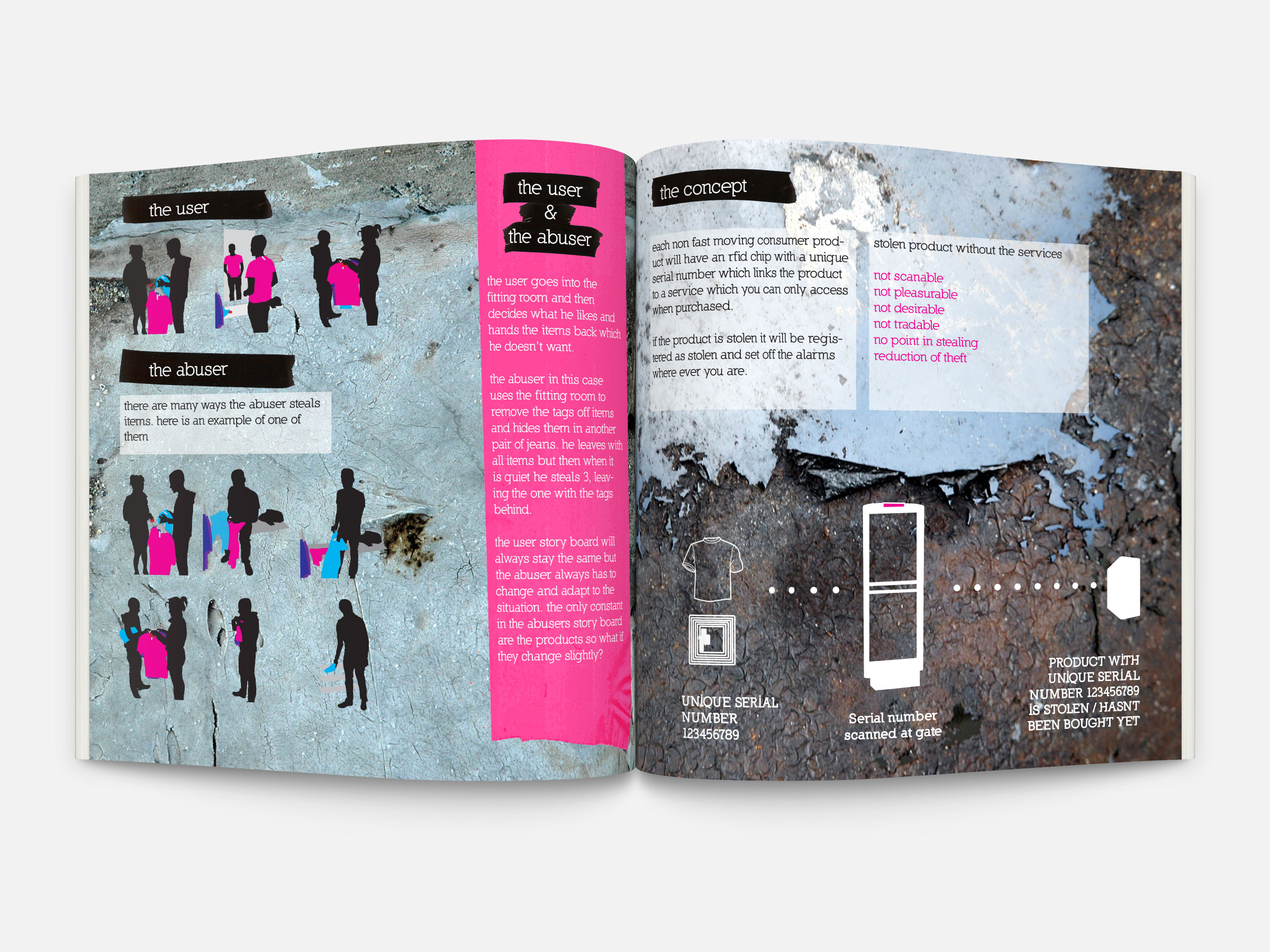
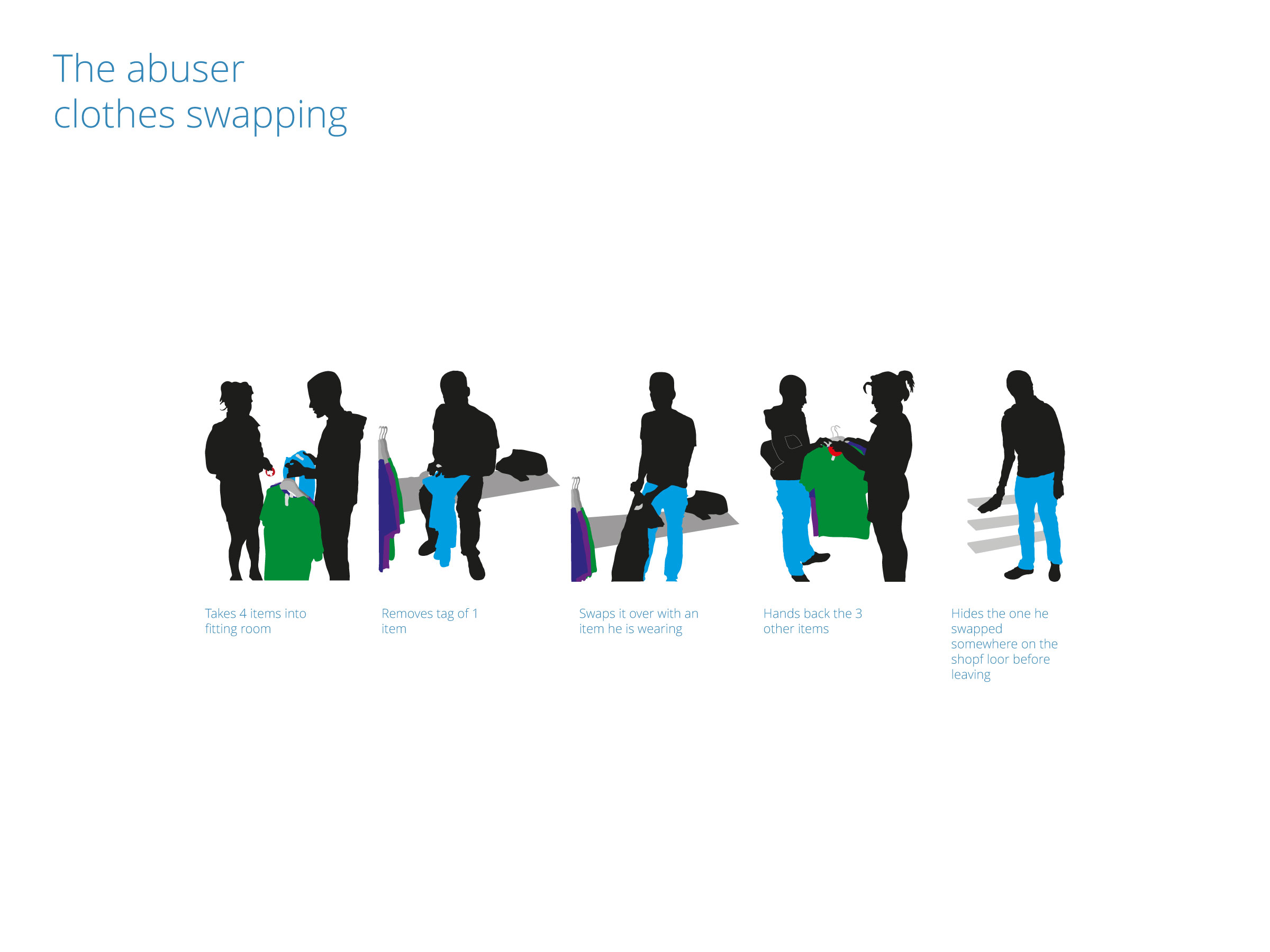
Research
It was important to understand our users and abusers – shoppers and thieves – and the context in which they operate. We engaged with retailers and shop assistants in order to understand how they work and the challenges they face.
Concept
The recommendation is to integrate RFID chips into every single product making its use easier, enjoyable and more pleasurable. For example, when placing a smart garment into the washing machine it self-programmes. Counterfeit and stolen products will not work, or even stop other products from working.
RSA Shortlist - 2010
This project was a shortlisted submission for the "Design Out Shoplifting" Student Challenge in 2010. Design Out Shoplifting was a student challenge with Central Saint Martins and the Royal Society of Arts to generate anti-shoplifting designs. It was part of Design Out Crime, a 2008–10 initiative from the Home Office’s Design and Technology Alliance against Crime and the Design Council.
Presentation
This project was presented in form of a personal booklet which included an RFID chip. When touching in it on a RFID reader it would unlock digital content.

